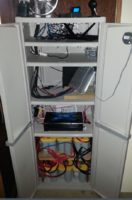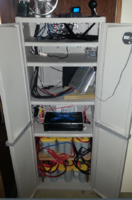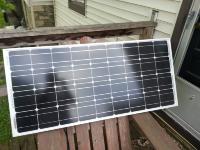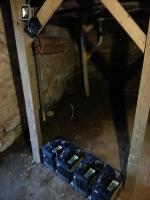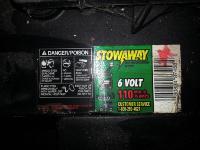I recently bought a 100watt solar panel kit from Amazon and am now waiting for a battery, inverter and a some wiring to come in to get it set up. Obviously, I won't be able to power anything massive from it for a long period of time but the idea is that I'll use it to continually power my Raspberry Pi(s) and perhaps even my laptop. The entire thing is more of a project to learn about solar and electricity in general. If it seems to work well I may expand it and add a second or 3rd panel and grow the battery bank so I can power some other small items such as my surveillance DVR and IP cams, coffee pot and phone chargers. I don't expect this to really offset my energy costs since I live in an ancient house that was built in the 1870's that bleeds heating/cooling efficiency but I still want to play with it and get some hands on learning experience anyhow.
Just curious if anyone here is doing anything cool with solar.
Just curious if anyone here is doing anything cool with solar.
Last edited by a moderator:

